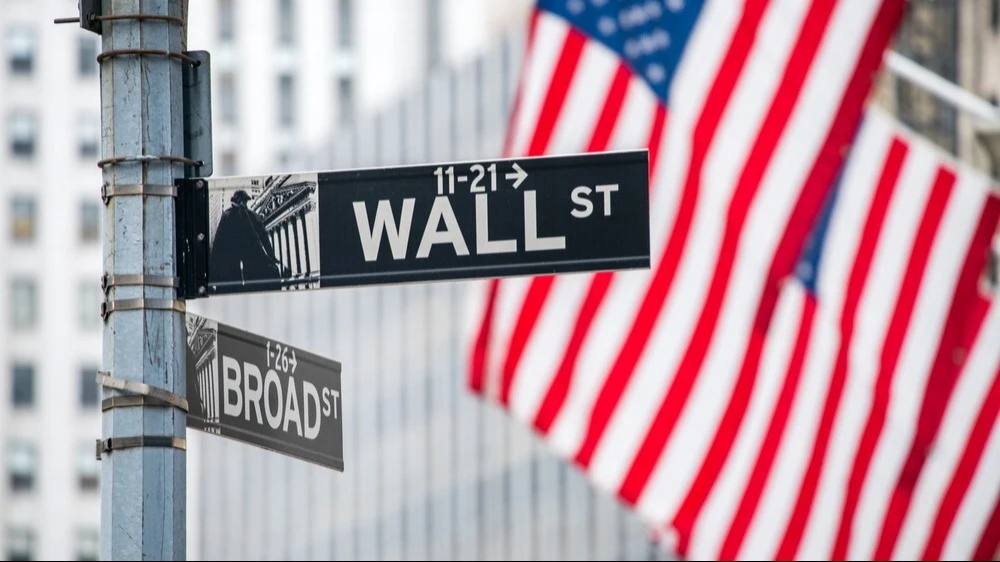BofA: has the era of the largest stocks dominating the market come to an end?
Analysts believe that the Fed rate cut and economic recovery may shift investor interest from IT giants to small and medium-sized stocks. This is already signaled by the growth of the Russell 2000 index

Bank of America believes that the dominance of technology giants in the stock market may weaken. The Fed's rate cut and the economy's transition into a recovery phase open up more opportunities for small and medium-sized companies. This has already happened since the dot-com crash in the early 2000s. The first signs of the rotation are already evident: in August, the Russell 2000 index rose 6 percent, outperforming the S&P 500, although previously it was mostly the "Magnificent Seven" led by Nvidia, Microsoft and Apple.
Details
Bank of America warns: the largest companies, which have been pulling the US stock market upwards for the last few years, may lose their dominant positions. The reason is a possible reduction in the Fed rate and the transition of the U.S. economy into the recovery phase. This creates conditions for the growth of shares of small and medium-sized companies, Yahoo Finance writes with reference to the analytical note of Savita Subramanian, Head of Equities and Quantitative Strategy at the bank.
According to BofA, the 50 largest securities in the S&P 500 index have outperformed the index itself by 73 percentage points since 2015. This is a record advantage since the late 1990s - before the collapse of the dot-com bubble. After the collapse, the market changed its benchmarks: instead of growing "megacaps," undervalued and smaller companies performed better. Subramanian believes that a similar change of trend could happen now.
In her review, Subramanian took into account factors such as corporate profits, inflation and economic forecasts. She concluded that the market is transitioning from a downturn phase, which favors the giants with high profits, to a recovery phase. Such periods traditionally favor a broader range of stocks.
Subramanian emphasizes: Fed policy easing in the past has been accompanied by the largest companies lagging the market rather than leading.
"Fed policy easing has typically caused mega-cap companies to underperform the market, and higher inflation should help extend the S&P 500 index's gains beyond the usual defensive and long-term securities," Subramanian writes.
As evidenced by the BofA's conclusion
Bank of America's assessment could mean a major shift in investor sentiment: the market's focus, long centered on tech giants, is beginning to shift, according to Yahoo Finance.
In the last two years, it was technology giants that determined the growth of the US stock market. The wave of interest in artificial intelligence gave an impetus: companies whose products and services are related to AI have become growth drivers. The so-called Magnificent Seven - Microsoft, Apple, Amazon, Alphabet, Meta, Nvidia and Tesla - pulled the indices up. Nvidia was a particularly striking example: its capitalization has almost doubled since April thanks to demand for AI chips.
A new trend emerged in August. The Russell 2000 small-company index rose about 6% over the month, outpacing the main S&P 500 index, which added only 3.5%. This was the first signal of a possible rotation - when investor interest begins to shift to a wider range of stocks, including small and medium-sized businesses, summarizes Yahoo Finance.
Context
The market had already gone through a similar situation in the late 1990s, when tech companies soared in value and then the market collapsed in the dot-com crash, Yahoo Finance recalls.
The Nasdaq index soared nearly 400% from 1995 to March 2000, but then lost about 78% by October 2002, Investopedia adds. Investors then switched to small and undervalued companies that had performed more strongly in the early 2000s.
This article was AI-translated and verified by a human editor
